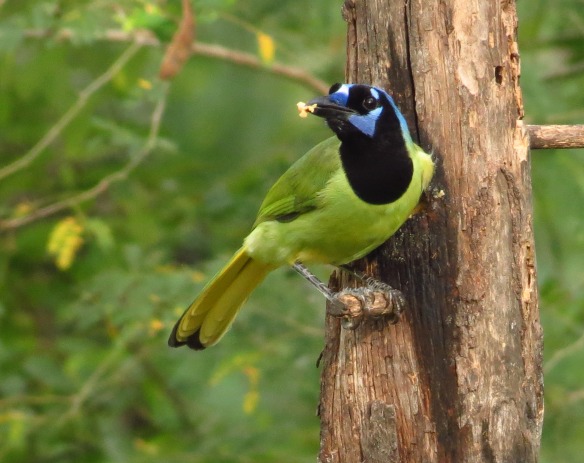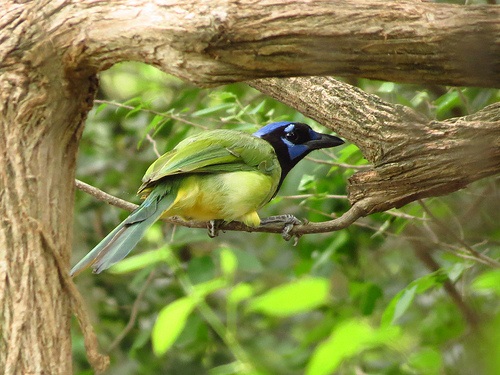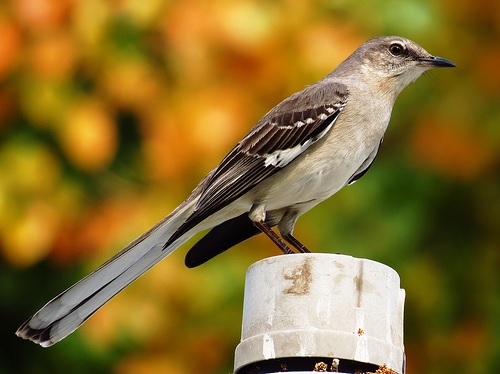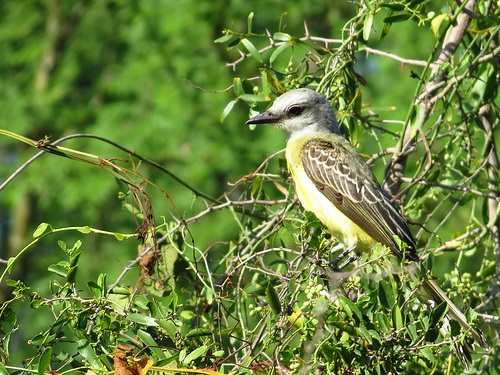 As the holiday season comes into to full swing – it is important to take the necessary time to relax and rid yourself of some of that seasonal stress. What better way than to enjoy bird watching in your own yard! As a side note, it has been scientifically shown that exposure to nature helps to reduce stress – how neat!
As the holiday season comes into to full swing – it is important to take the necessary time to relax and rid yourself of some of that seasonal stress. What better way than to enjoy bird watching in your own yard! As a side note, it has been scientifically shown that exposure to nature helps to reduce stress – how neat!
After the breeding season, where most of the energy a bird spends goes towards breeding activities (finding a mate, defending a territory, laying eggs, and feeding young), a bird’s main concern is simply having enough food to make it through the winter. So by feeding your backyard birds, you are not only helping them but get personal enjoyment and relaxation as well.
Setting up your bird feeding station requires more than just putting out a feeder and seeds. There are some basic guidelines to follow when feeding birds. For instance, scientific research has shown that placing bird feeders closer than 15 feet from a window helps to reduce the number of birds colliding with windows.
Having bushes or trees near your bird feeder is important as well; it provides cover for the birds at your feeders to use if a hawk is in the area. Having these plant shelters can also serve a double purpose – if you put in native plants, the birds can also eat the insects and fruits the plant supports! To get some ideas of good natives for your yard, you can visit http://www.nativeplantproject.com and http://www.quintamazatlan.com.
Of course, what’s a bird feeder without bird food? Selecting the proper bird foods to place in your feeders is important, because different birds have different food preferences. While things like black-oil sunflower seeds, cracked corn, and suet will attract most birds, adding unique items like oranges, bananas, or even mealworms might bring some different ones.
There are several things to keep in mind with feeders. First, no matter if your feeder is made of plastic, wood, or metal, you will need to periodically clean it so that your visiting birds do not get sick. The Cornell Lab of Ornithology suggests once every couple weeks. Second, the more varieties of feeder types and feeder heights (from your typical seed feeder, to a platform feeder, to putting fruit on logs), the greater variety of birds you can get. Third, if you have cats and also want to feed birds, please make sure you keep your cats indoors. Cats kill an estimated 2.4 billion birds every year in the United States, putting incredible and unnatural pressure on bird populations. For information on the benefits of keeping your cats indoors, visit the Cats Indoors website (http://abcbirds.org/program/cats-indoors/).
Watching birds at feeders is an extremely popular pastime. More than 41 million Americans watched birds around their homes in 2011, and almost half of American households provide food for wild birds. I hope this holiday season that you will provide your wild birds with a safe feeding environment, so that you and generations to come can continue to enjoy the peace and pleasure of bird watching.





























